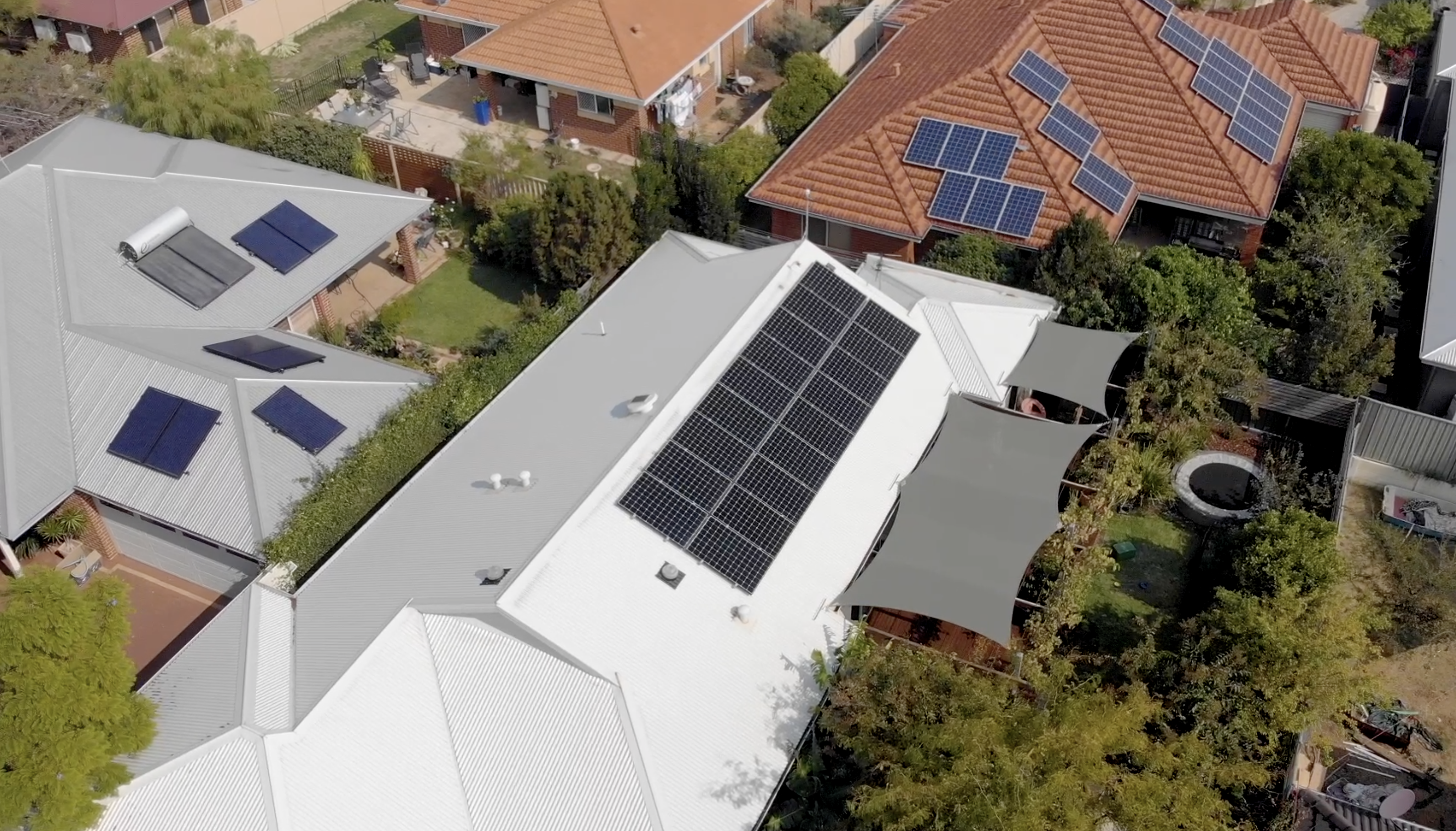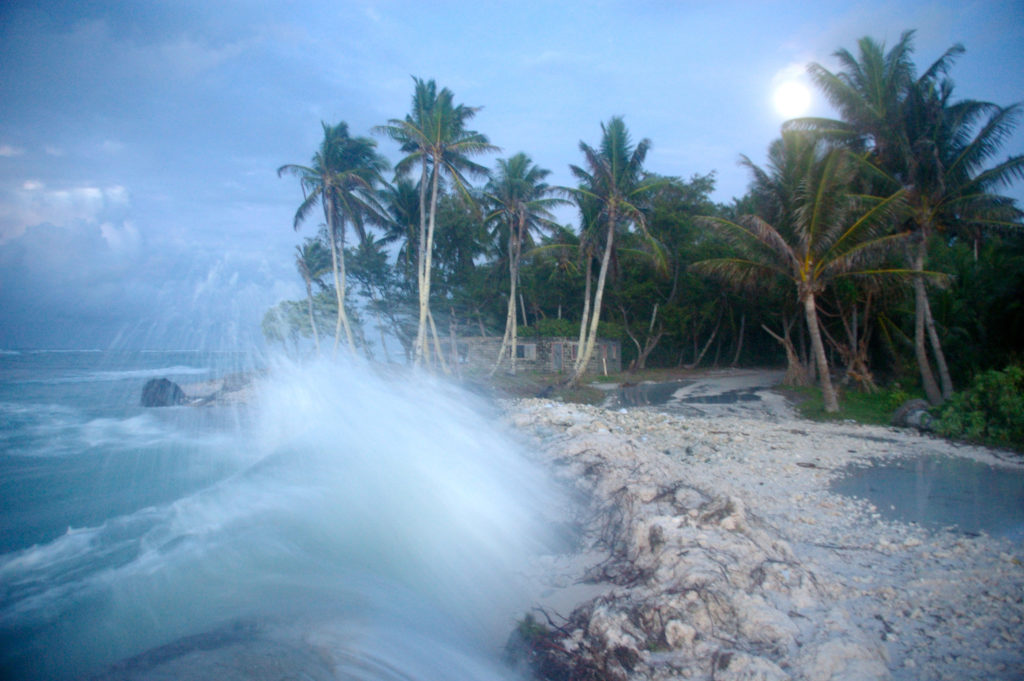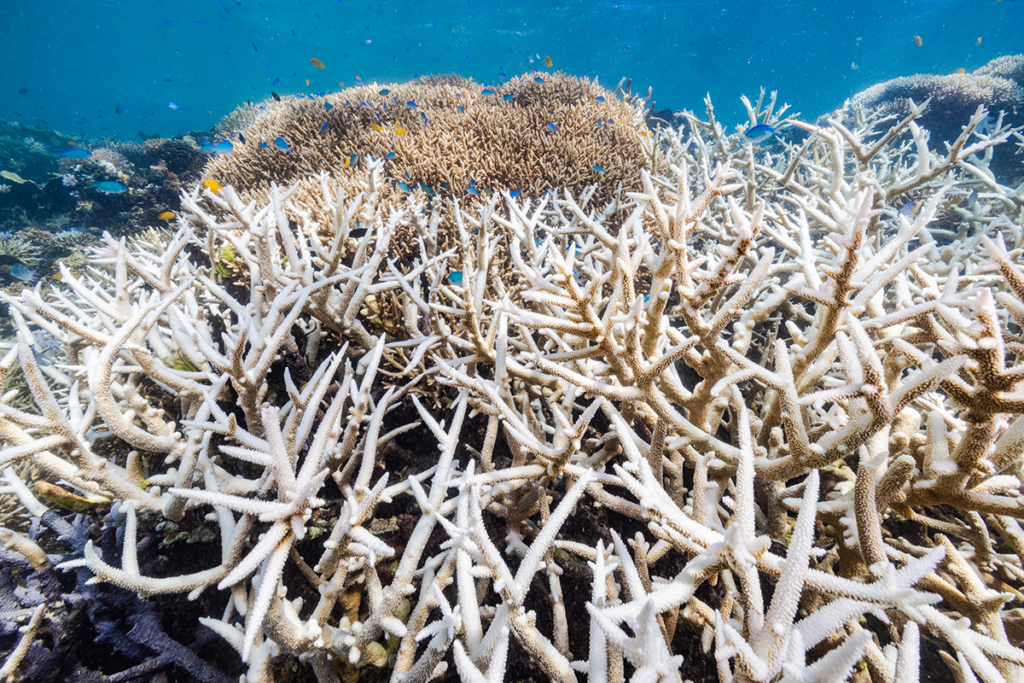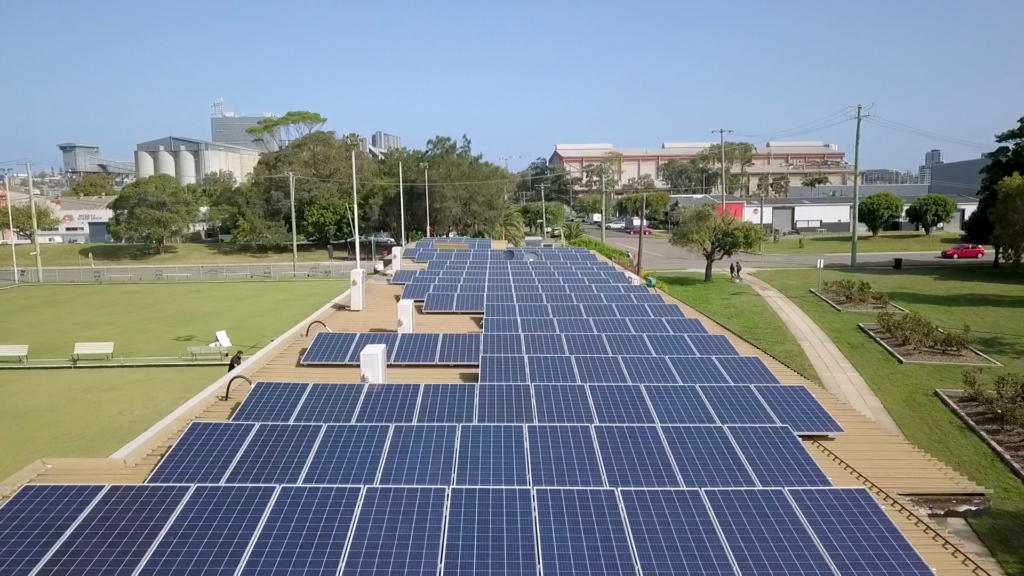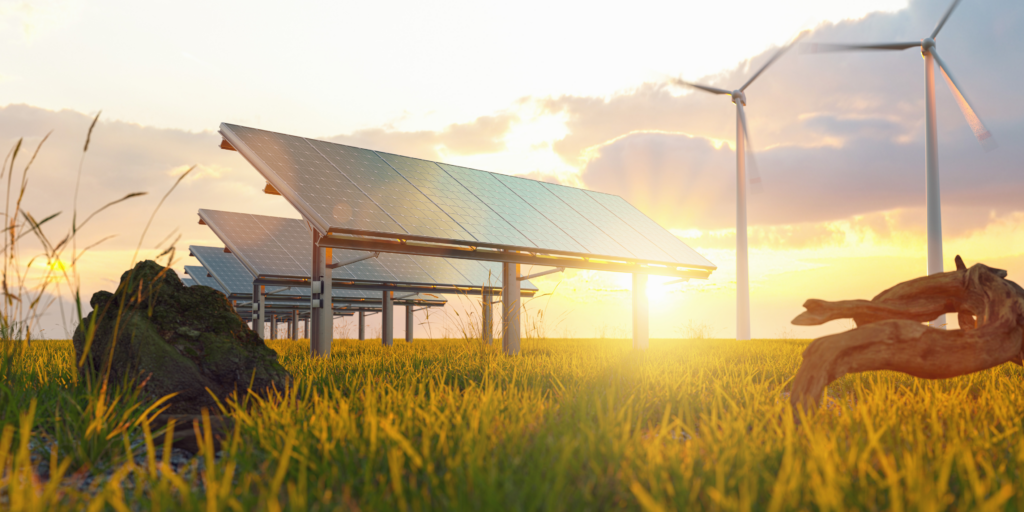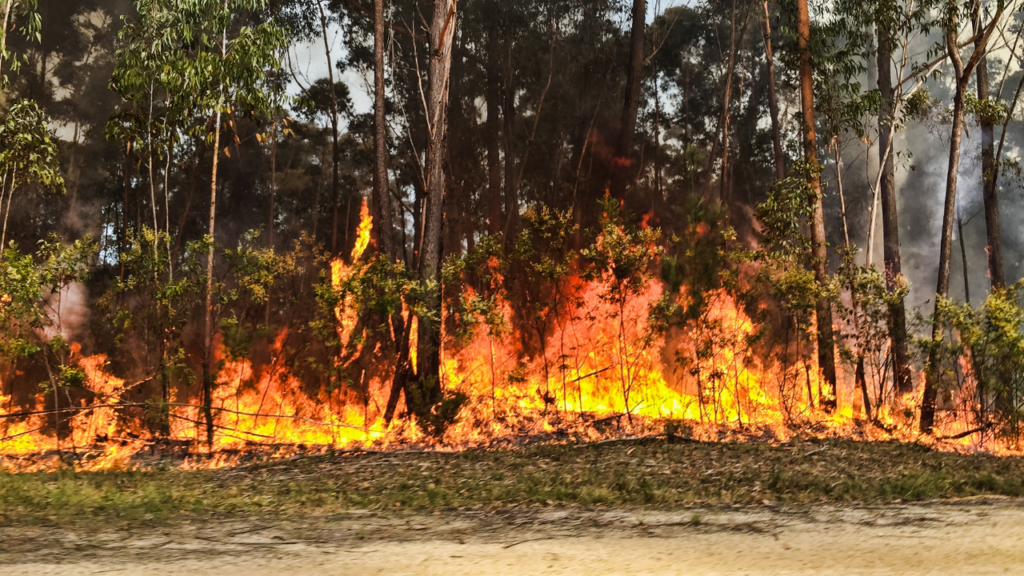Australia is the sunniest continent in the world, and Aussie households are world leaders when it comes to harnessing energy from the sun to power our lives. Over 3.6 million Australian households have already taken control of their energy bills by installing solar on their roof, a stunning achievement, and the average solar powered household is saving over $1500 every year!
A few superstar suburbs are leading the charge when it comes to rooftop solar capacity, and that’s worth celebrating. So let’s give a shout out to our top ten solar suburbs!
The Solar Suburb Leaderboard
#10
Queensland’s Glenwood now has another claim to fame besides the annual ‘Swap Car and Bike show’. Over the past year, residents collectively installed 11.71 MW of rooftop solar capacity, enough electricity to power 3500 homes.
#9
The Burragorang Lookout isn’t the only good view from Camden, New South Wales. Their rooftop solar installations are looking pretty good too, with a combined installed capacity of 14.87 MW in just the last 12 months, which could power 4500 homes.
#8
As if stunning coral reefs, nearby islands and world-famous whale watching wasn’t enough, Hervey Bay in Queensland has harnessed the power of the sun by adding 15.01 MW of rooftop solar between 2023-2024. That’s enough clean energy to power 4500 homes!
#7
It would be surprising if a town along the Sunshine Coast failed to make it into Australia’s top 10 solar suburbs. Caloundra, Queensland, had an impressive 15.45 MW of rooftop solar capacity installed over the last year, enough to power 4600 households.

#6
The thriving community of Roxburgh Park, Victoria, has shone over the past year, with 15.79 MW of solar capacity added across the township. That much energy could power 4700 homes!
#5
The unassuming residential suburb of Kellyville, New South Wales, comes in at number five, with 16.08 MW of rooftop solar capacity added throughout the last twelve months.
#4
It’s not just the rum that’s big in Bundaberg, Queensland! The community had 16.34 MW of rooftop solar capacity installed over the past 12 months.
#3
It might be known as the ‘Sugar Capital of Australia’, but to us it’s the 3rd most impressive suburb for solar installation capacity over the past 12 months! Mackay, Qld added a combined capacity of 16.34 MW. With that much power, they can power more than 6100 homes!
#2
The small town of Tarneit, just outside of Melbourne in Victoria, had a whopping 22.60 MW rooftop solar installation capacity over the past 12 months, which is seriously impressive. That means they’re producing enough clean energy to power 6800 households!
#1
And finally, coming in at number one…Box Hill, NSW, doesn’t have a box, or a hill, or even a boxy hill! But its community does have 27.69 MW of rooftop solar capacity installed in the past twelve months. This huge amount of energy could power a whopping 8300 homes! Shine on, Box Hill!
The State Leaderboard
When it comes to the state household solar leaderboard, well…it isn’t called ‘the sunshine state’ for nothing. Queensland leads the nation with the highest number of installations in 2023 at 54,365.
Queensland is also the state with the highest number of solar installations, period. Almost one million homes in the sunshine state now have rooftop solar, adding more capacity than all of Queensland’s publicly-owned coal-fired power generators combined! Trailing in the sunshine state’s wake is:
- Victoria, with 51,104 in 2023.
- New South Wales comes in third, with 48,470 installations.
- Western Australia is next, with a total of 44,899 installations.
- In fifth place is the Australian Capital Territory, with 22,803 installations.
- South Australia follows, with 20,849 installations.
- Second to last, we have Northern Territory with 6,734 installations; and
- Rounding out the list is Tasmania with 6,070 installations.
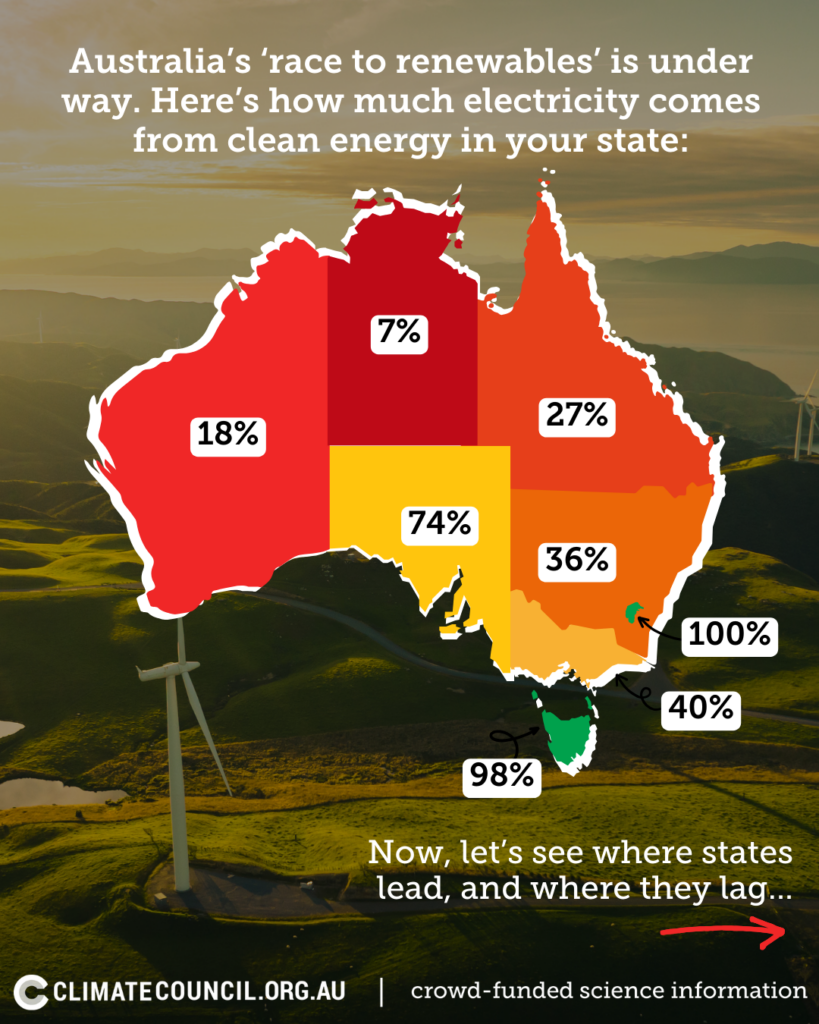
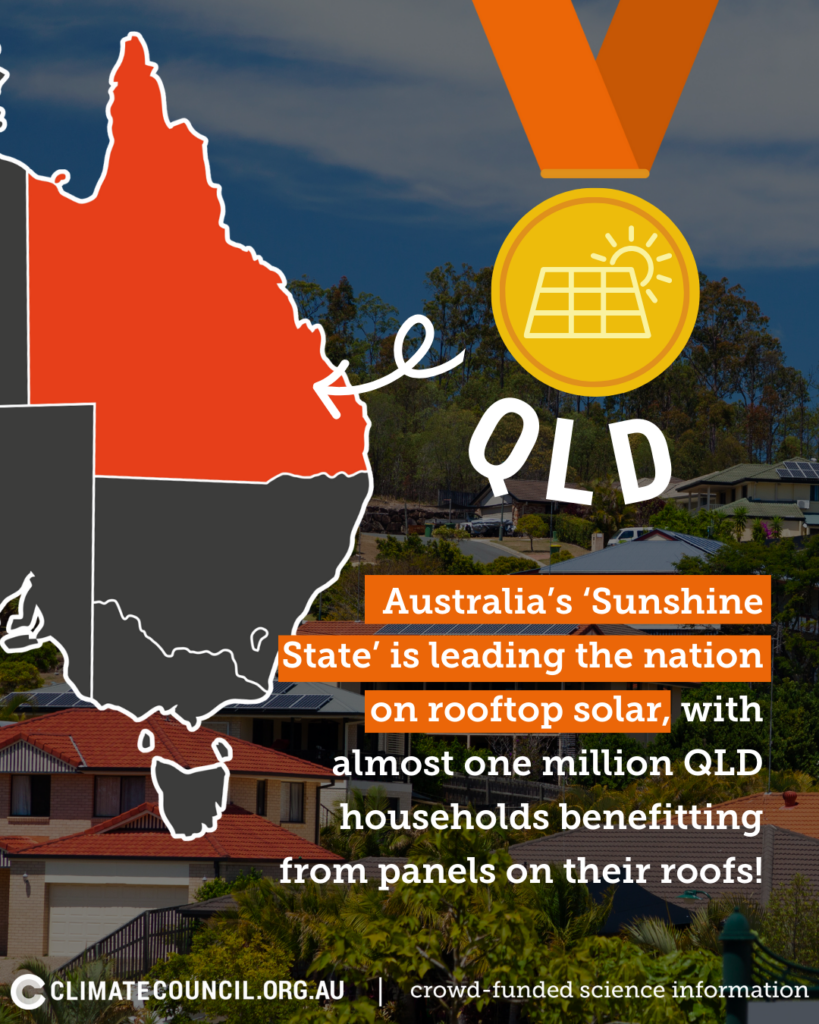
Let’s Seize the Sun
It’s time to seize the sun. Rooftop solar is popular around the country because families and communities understand its huge potential to cut electricity bills, give households more control over their energy needs, and slash climate pollution. A renewed push to share these benefits with more households and businesses can directly respond to the cost-of-living and energy pressures Australians are feeling now.
To seize the sun and realise our household solar potential, our governments have an important role to play. They can do this by implementing the following policies:
- Aussie Solar Drive – a bold national push to double rooftop solar and storage capacity by the end of the decade. This plan will empower millions of Aussies with cleaner, cheaper electricity, while strengthening our national grid and permanently cutting climate pollution across the economy.
- Australian Energy Corps – Australia’s biggest-ever energy training initiative, equipping young people and experienced energy workers with the skills to power up Australia in secure, well-paid jobs.
Everyone should have the opportunity to access clean, reliable and affordable electricity. If we get the policies right,two in three Australian homes and many more businesses will experience these benefits this decade. For millions more, clean and affordable solar power will come from a grid boosted by abundant electricity made cheaply during our sunny days, and captured and stored in communities close to home and available to use when it is needed most. This is the bright future that a supercharged rooftop solar and storage plan for Australia offers. So, let’s get on with it!

